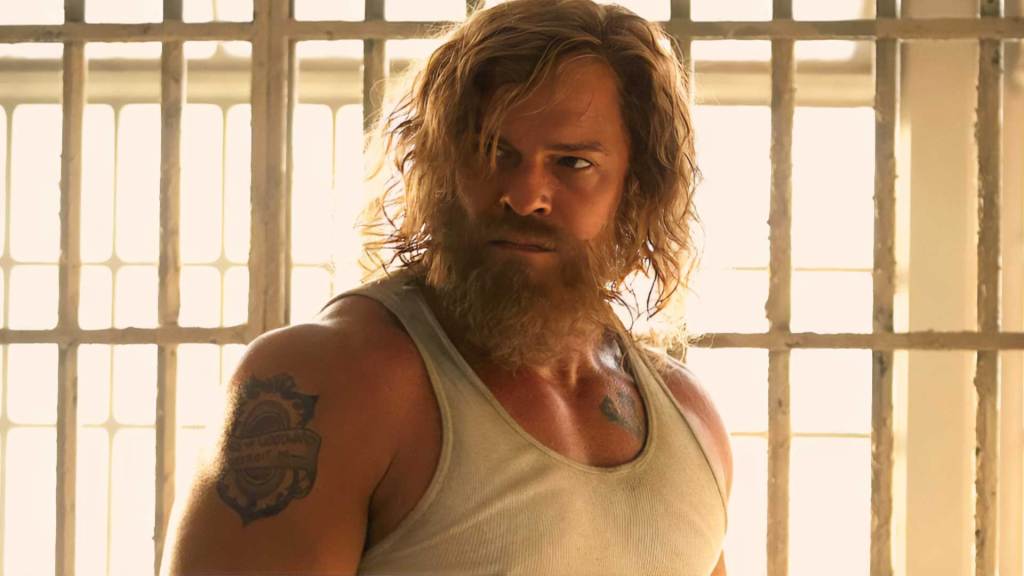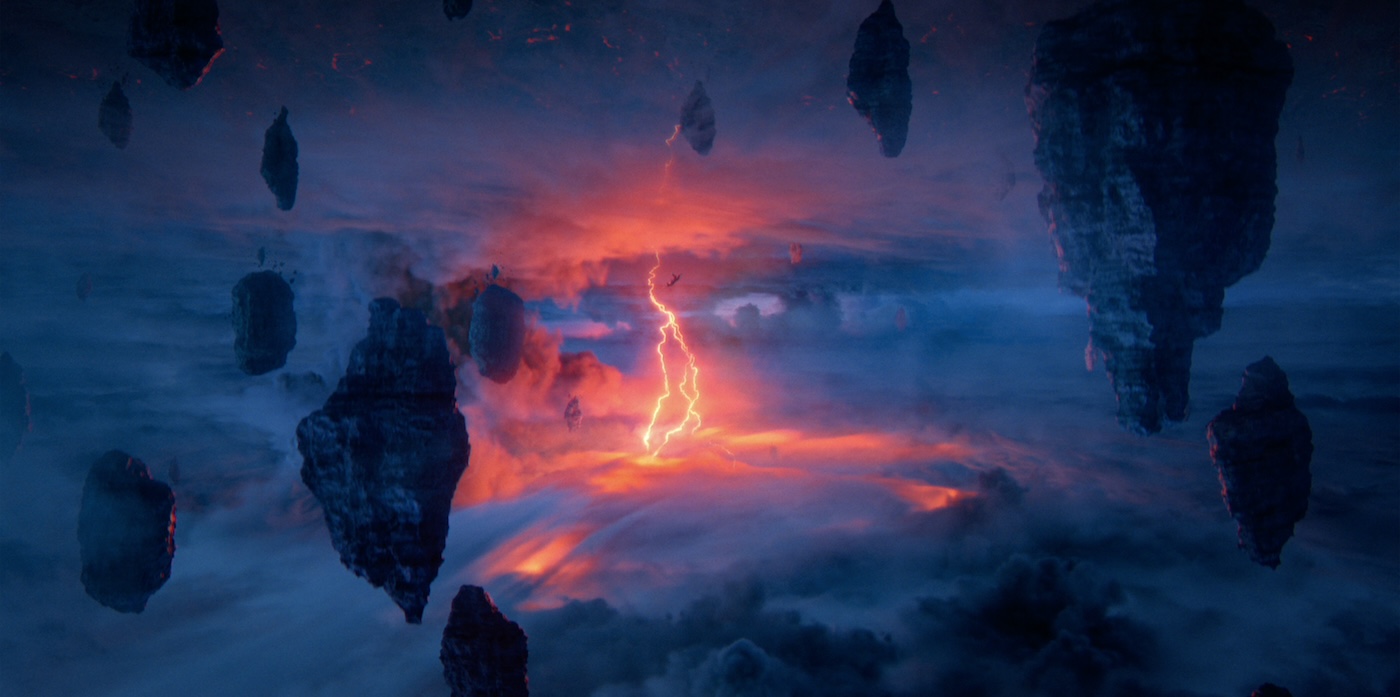ADVERTISEMENT
PrimaLoft, Inc., the global leader in sustainable high-performance insulation, introduces PrimaLoft® UltraPeak™, the pinnacle in high-performance insulation. They officially launched it at the Performance Days sourcing show in…
Author: admin
-

Primaloft® launches UltraPeak™, the pinnacle of performance insulation
-

Hidden layer found in Earth’s mantle supports the roof of the world
A 100-year-old idea about what props up the Himalayas is being replaced by a new model. It proposes that a rigid slice of mantle, wedged between Asian and Indian crust, helps hold up the Himalayas, also known as the roof of the world.
This view…
Continue Reading
-
Cigna flags margin pressure in pharmacy benefit unit over next two years; shares fall – Reuters
- Cigna flags margin pressure in pharmacy benefit unit over next two years; shares fall Reuters
- Cigna Outpaces Expectations Thanks To Pharmacy Benefits Arm Finimize
- Earnings Flash (CI) The Cigna Group Reports Q3 Revenue $69.75B, vs. FactSet Est of $67.58B MarketScreener
- Cigna Posts Higher Profit, Revenue as Evernorth Business Continues to Grow The Wall Street Journal
- Cigna (CI) Q3 Earnings and Revenues Top Estimates Yahoo Finance
Continue Reading
-

Alan Ritchson’s ‘Motor City’ Gets US Deal & Theatrical Release In 2026
EXCLUSIVE: RLJE Films, the genre label within the IFC Entertainment Group, has acquired U.S. distribution rights to buzzed about Venice and Toronto pic Motor City, we can reveal.
The dialogue-free crime-revenge thriller with a…
Continue Reading
-

Dark Truth Behind Plug-in Hybrid Electric Vehicles Revealed
Plug-in hybrids (PHEVs) continue to fall short of their low-emission promise, emitting significantly more CO₂ in real-world driving than official ratings suggest, according to a new report by Transport & Environment (T&E).
The study analyzed data from over 800,000 vehicles across Europe and found that PHEVs sold in 2023 released almost five times more carbon dioxide than advertised. While manufacturers claim a 75% reduction in CO₂ compared to petrol cars, real-world results show only a 19% cut.
T&E highlighted that many PHEVs engage their combustion engine during so-called electric trips. On average, the engine kicks in for nearly one-third of electric-mode driving, mainly because the electric motors aren’t powerful enough to drive the car alone. Emissions vary based on the power ratio: PHEVs with strong electric motors (0.9 ratio) emit around 45 gCO₂/km, while weaker ones (0.5 ratio) emit over 100 gCO₂/km.
Longer electric ranges also don’t guarantee better emissions. Models rated for over 75 km of electric driving showed higher emissions than mid-range ones. Heavier weight and more powerful engines led to average CO₂ outputs of 202 g/km in charge-sustaining mode, about 25% higher than those with shorter ranges.
T&E’s report also noted that fuel use during “electric” driving adds up. Based on typical usage, drivers spend an extra €250 (PKR 82,000) per year on fuel even when driving in electric mode.
The study concludes that most PHEVs remain a transitional solution with more promise than performance. Without stronger electric motors, lower vehicle weight, and better incentives for actual electric use, their environmental benefits will remain overstated.
Continue Reading
-

Pakistan to host first International Qirat Competition in November
Federal Minister for Religious Affairs Sardar Muhammad Yousuf announced on Thursday that Pakistan will host the First International Qirat Competition from November 24 to 29, bringing together top Qaris from member countries of the Organization…
Continue Reading
-
China adds HPV vaccine to national immunization program-Xinhua
BEIJING, Oct. 30 (Xinhua) — China will include the human papillomavirus (HPV) vaccine in its national immunization program starting from Nov. 10, the National Disease Control and Prevention Administration announced on Thursday.
The decision…
Continue Reading
-

World Athletics statement regarding discovery of corporate theft | PRESS-RELEASES
Earlier this year World Athletics uncovered the systematic theft of money from the organisation by two employees and a contracted consultant.
While one of the employees left the organisation before their theft was discovered, another employee and…
Continue Reading
-

Netflix Drops the Epic, Nearly 3-Minute Long Trailer for “Stranger Things” Season 5
The official trailer for the 5th and final season of Stranger Things has arrived, opening with a shot of the seemingly immortal Vecna intoning We can begin. At nearly three minutes long, this is the…
Continue Reading
-

AI-powered app turns consumer wearables into sleep study devices
An app that turns consumer Apple Watches into tools for highly sophisticated sleep stage monitoring was developed by team of researchers led by professor Joyita Dutta at the University of Massachusetts Amherst. The researchers say…
Continue Reading